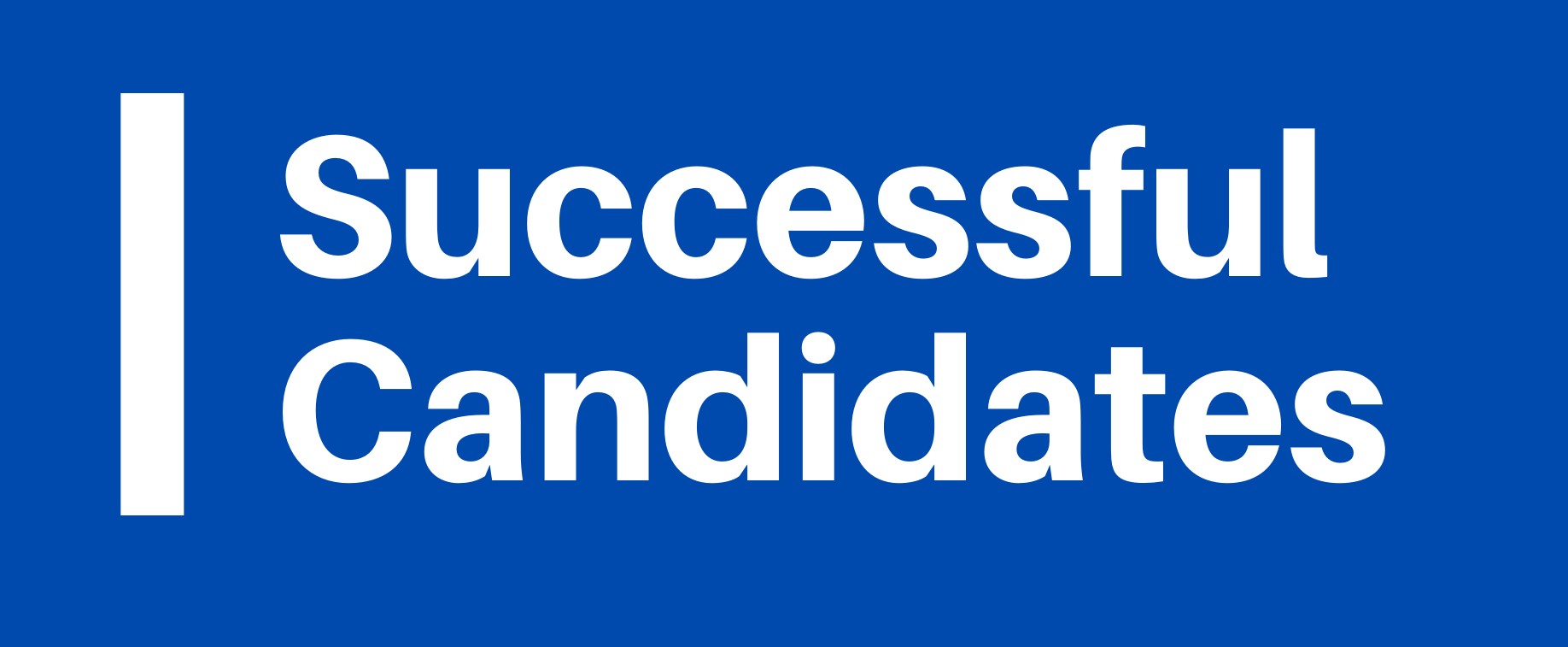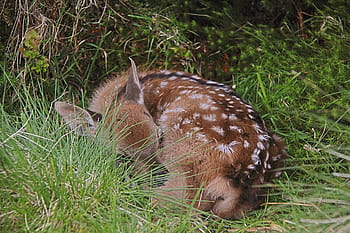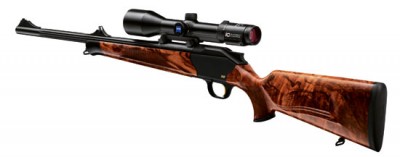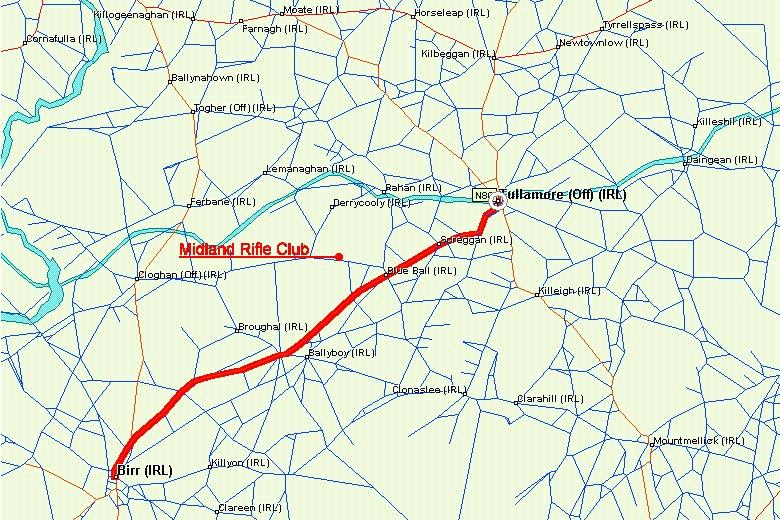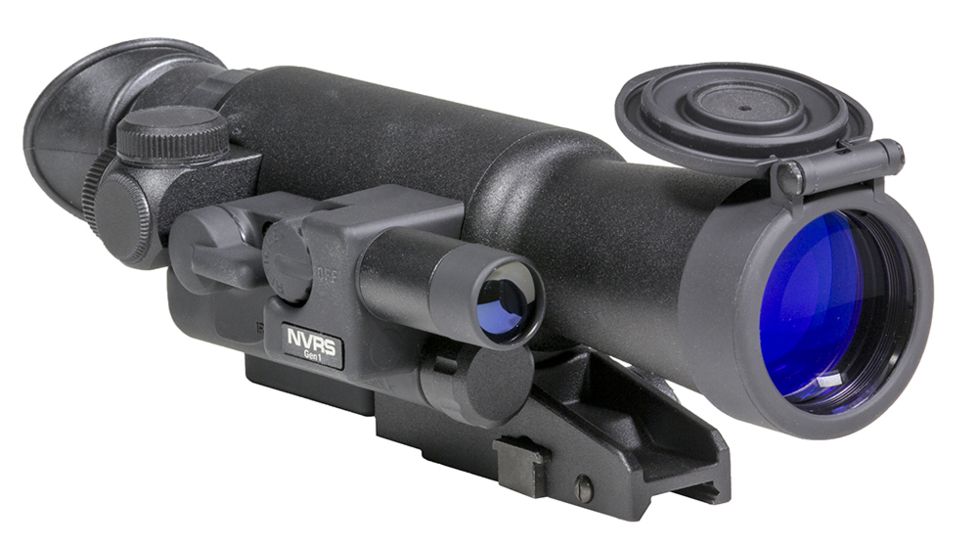
Red stag in velvet. Stags cast their antlers in March each year and the process of re-growth starts immediately, when the growing antlers are covered by the material we call velvet.
The next event in the 2023 Series of Deer Alliance HCAP Workshops, MCQs and Range Tests will take place on Saturday 24th June 2023, at the Woodford Dolmen Hotel, Kilkenny Road, Carlow, Co. Carlow, R93 N207 (10.00 a.m. to 5.00 p.m.). The supporting Range Test will be held on Saturday 8th July 2023 at the Midland Range, Blue Ball, Tullamore, Co. Offaly, R35 NC58.
Applications are now open for this HCAP event, the third in the 2023 Series. Application can be made online through the Deer Alliance website, www.deeralliance.ie, with payment through PayPal, using any valid debit card or credit card. Application can also be made in hard copy, by post, to the address shown on the current downloadable application form.
The cost of HCAP (Training Workshop, MCQ, Range Test and Certification) is unchanged and remains at €165.00.
APPLICATIONS FOR THIS HCAP EVENT ARE NOW CLOSED
In preparation for HCAP, candidates are recommended to study the Deer Alliance Stalker Training Manual thoroughly in advance. The Manual is available for purchase through the Online Applications section of the website, costing €35.00 inc. p. & p.
Members of IFA Countryside can avail of a special discount price of €120.00 (covering HCAP Application, Stalker Training Manual, Workshop, MCQ, Range Test and certification), generously subsidised by IFA Farm Business Skillnet. New and intending members of IFA Countryside should call 0818 924 982.or 01 426 0368 for membership information, which includes insurance cover for all hunting and other countryside activities, compliant with requirements for the HCAP Range Test.
Certification is now mandatory for all first-time applicants for a Deer Hunting Licence. HCAP is the only training programme in Ireland developed in partnership with Coillte Teoranta, National Parks & Wildlife Service, An Garda Síochána and all principal deer organisations. HCAP entered its twentieth year of operation in 2023 and to date approximately 3600 licensed deer hunters have participated in the programme. Enquiries by email to deeralliance@gmail.com or by ‘phone to 086 1927 845 (office hours).
ELIGIBLE CANDIDATES
The following candidates are eligible to participate in this Training Workshop & MCQ:
ALCORN, Gareth
BULBUC, Julian
BYRNE, Brendan
CLIFFORD, Alan
DALY, Cian
FLYNN, Declan
FOOTE, Peter
KAVANAGH, David
KAVANAGH, Michael
KELLY, Dominic
KERRY, Naomi
LENEHAN. Adrian
MCGRATH-DALY, T. J.
O’BRIEN, Jason
O’LEARY, Anthony
SAVAGE, Sean
SMYTH, George
SPAKAUSKAS, Laurynas
THOMSEN, Birthe
WHELAN CURTIN, William
WOODLOCK, John
Candidates should make a permanent note of their HCAP Number for future reference.
This list will be updated as applications are received. Last Update 24.6.2023
